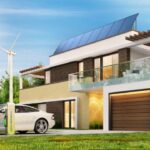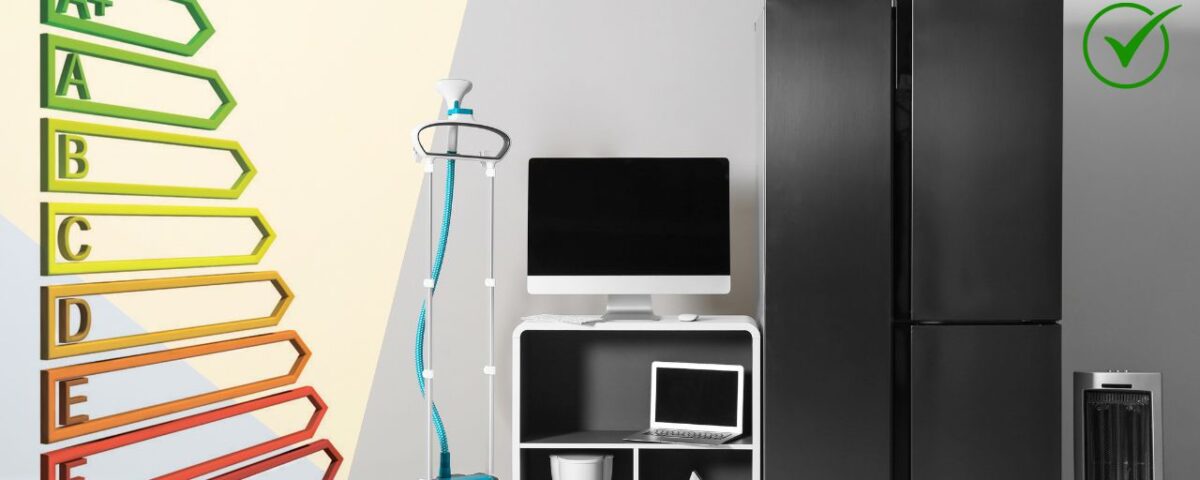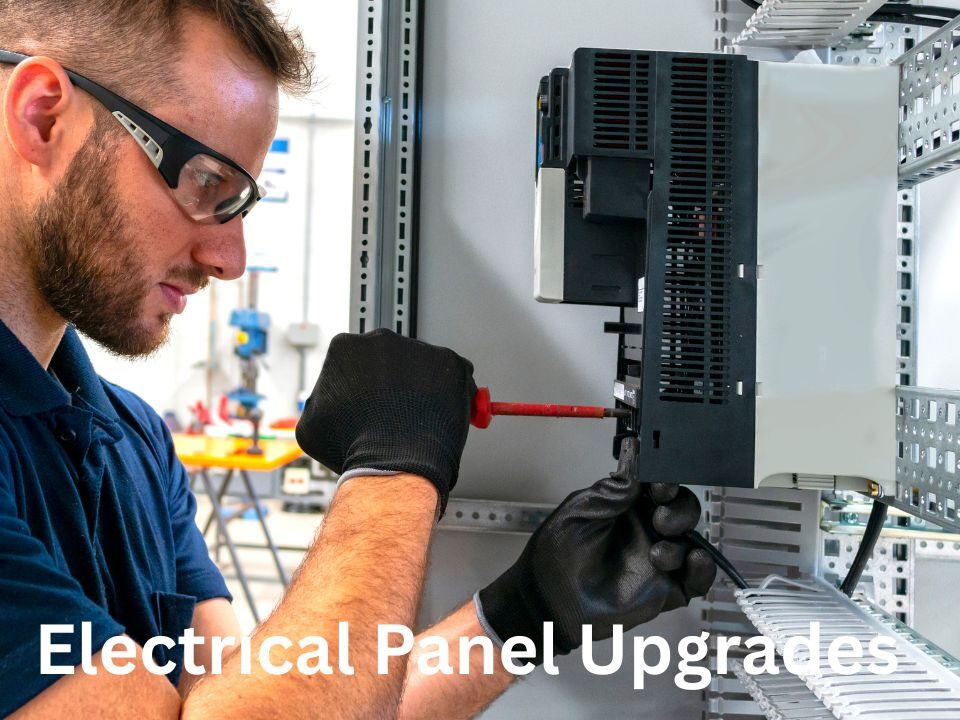
5 Advanced Electrical Safety Devices for the Modern Home
April 7, 2025
Smart Home Energy Management: How Automation Systems Reduce Power Bills While Increasing Comfort
May 8, 2025In an era marked by climate urgency, sustainable solutions are no longer optional—they’re essential. One of the most impactful and often underestimated shifts in the green technology movement is the rise of energy-efficient appliances. From refrigerators to HVAC systems, modern energy-saving devices are helping households and businesses dramatically reduce their carbon footprints while cutting costs. These innovations are proving to be a cornerstone of environmental progress, offering a path forward that is both technologically advanced and environmentally responsible.
Tyson Orth, CEO of Nexa Electrical Solutions and a long-standing advocate for sustainable energy practices, emphasizes that the movement toward energy efficiency isn’t just a trend—it’s a transformation. “The adoption of smart, energy-efficient systems has accelerated,” Orth says, “and it’s changing how we think about power consumption and environmental responsibility across industries.”
The Evolution of Energy Efficiency
Appliances have come a long way since the bulky, power-hungry machines of the 20th century. Today’s devices are engineered with precision, integrating advanced technologies such as inverter motors, smart sensors, and AI-based consumption tracking to optimize performance and minimize energy use.
This shift is being driven in large part by international regulatory standards and government incentives. In the U.S., ENERGY STAR certification—a program backed by the Environmental Protection Agency (EPA)—has become the gold standard for energy efficiency. Products that earn this label use significantly less energy than their conventional counterparts, often without sacrificing performance or durability.
Globally, similar initiatives have gained traction. In the EU, the EcoDesign directive sets strict energy performance standards for a wide range of appliances. These efforts have fostered a marketplace where manufacturers compete not just on price and features, but also on energy performance.
Environmental Impact
The benefits of energy-efficient appliances go beyond electricity bills. At a global scale, the widespread adoption of these devices can significantly reduce greenhouse gas emissions. According to the International Energy Agency (IEA), improving energy efficiency across residential and commercial sectors could deliver more than 40% of the emission reductions needed to reach international climate goals.
For instance, energy-efficient refrigerators can use up to 40% less electricity than older models. Efficient washing machines consume less water and energy, and modern HVAC systems can adapt to usage patterns, reducing unnecessary energy expenditure.
Tyson Orth highlights the ripple effect of these improvements. “When a household or office switches to energy-efficient appliances, they’re not just reducing their own utility bills—they’re helping lower the demand on power plants. That translates into less fossil fuel consumption and lower emissions on a macro level.”
Economic Incentives
In addition to environmental benefits, energy-efficient appliances offer long-term economic advantages. Though the initial purchase price can be higher, the return on investment becomes evident through reduced energy bills, lower maintenance costs, and often, government rebates or tax credits.
Businesses are increasingly taking note. Commercial buildings, which are major energy consumers, can slash their utility expenses by upgrading to energy-efficient lighting, heating, and cooling systems. Over time, these savings contribute significantly to the bottom line while enhancing the company’s environmental credentials—a win-win scenario.
Utility companies also play a role in encouraging energy efficiency. Many offer rebates for upgrading to efficient models or installing energy management systems. This trend underscores a broader push toward demand-side energy solutions, where reducing consumption becomes just as important as generating clean energy.
Smart Appliances and the Internet of Things (IoT)
Technology is enhancing the energy efficiency conversation through the integration of smart appliances and IoT. Smart thermostats, for example, learn user behaviors and adjust heating or cooling patterns automatically. Energy-monitoring apps allow homeowners and facility managers to track usage in real-time, identifying waste and optimizing consumption.
This level of control not only improves efficiency but also empowers consumers. Smart appliances can respond to grid conditions, automatically reducing energy usage during peak hours to support grid stability—a process known as demand response.
Manufacturers are continuing to explore AI and machine learning to predict usage trends and further reduce energy waste. As these technologies mature, they’re likely to become standard in both residential and commercial settings, reinforcing the momentum of the green tech movement.
Challenges to Adoption
Despite the clear advantages, challenges remain. High upfront costs can be a barrier, particularly for low-income households. Limited awareness about the benefits of energy-efficient appliances also slows adoption in some regions. Furthermore, in areas with unreliable electricity infrastructure, smart devices may not function optimally.
To overcome these barriers, Tyson Orth suggests a combined effort between governments, manufacturers, and service providers. “Education is critical,” he says. “People need to understand how these technologies work and how they benefit them. When consumers are informed, they’re more likely to invest in the future.”
The Road Ahead
The green tech revolution is gaining momentum, and energy-efficient appliances are playing a pivotal role in that shift. As more consumers and businesses recognize the dual benefits of saving money and protecting the planet, demand for efficient products will only grow.
Governments will continue to enforce stricter efficiency standards, and innovations in AI, materials science, and design will further enhance the performance of future appliances. The integration of renewable energy sources—such as solar panels and battery storage—with energy-efficient devices will amplify their impact, creating homes and businesses that are not only energy-saving but energy-independent.
In this evolving landscape, leaders like Tyson Orth and companies like Nexa Electrical Solutions are helping guide the way. Their commitment to innovation and sustainability is not only transforming how we use energy, but also redefining what it means to live and work responsibly in the 21st century.

